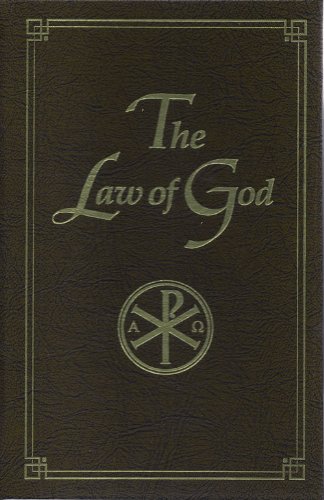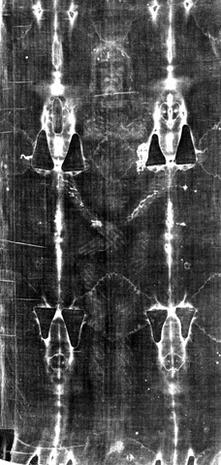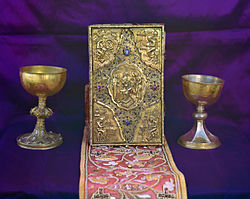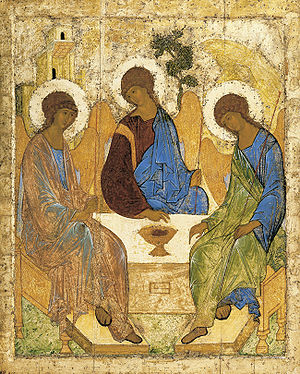Since I am not an official Christian I can't post this in the Orthodox/Catholic section. I have a history in the Orthodox Faith, but this question is also open to Catholics (and anyone else) as well.
I have some confusion concerning images. If I'm incorrect in any premise (or conclusion), please correct me.
And however I phrase these questions, I mean no offence.
Question #1. It is my understanding that the Church makes a distinction between worship (latreia) and veneration (douleuo). How is this tenable, especially with verses like this:
"But then, indeed, when you did not know God, you served (douleuo) those which by nature are not gods." Gal. 4:8?
Question #2. Also, it is often said that the Orthodox/Catholics don't worship images (as pagans worshipped their images), we venerate the icon and the veneration given to the image goes to the person depicted in the image (who is in paradise with Christ). But this is what pagans did. It seems that they did not worship the work of their
own hands (as Deut. 4:28 & Rev. 9:20 indicate). The image was a connection to the deity that they actually worshipped. This seems a lot like icon veneration.
There are those who say that Christianity's saints replaced the (European) pagan idols. And consider that "worship" is a European word that means
"condition of being worthy; honorable." (etymonline.com). Its not worship in the "fear and trembling" Abrahamic sense. European (pagan) worship seems a lot like Orthodox/Catholic veneration.
To sum up: Question #1. How do you justify veneration (douleuo) of icons when the New Testament (Gal. 4:8) seems to frown on such a practice?
Question #2a. How does the veneration of saints differ from the worship of (pagan) idols?
Question #2b. What do you think that the Bible seems to have been wrong about this (the pagans did not actually worship their own handiwork)?
Thank you.
I have some confusion concerning images. If I'm incorrect in any premise (or conclusion), please correct me.
And however I phrase these questions, I mean no offence.
Question #1. It is my understanding that the Church makes a distinction between worship (latreia) and veneration (douleuo). How is this tenable, especially with verses like this:
"But then, indeed, when you did not know God, you served (douleuo) those which by nature are not gods." Gal. 4:8?
Question #2. Also, it is often said that the Orthodox/Catholics don't worship images (as pagans worshipped their images), we venerate the icon and the veneration given to the image goes to the person depicted in the image (who is in paradise with Christ). But this is what pagans did. It seems that they did not worship the work of their
own hands (as Deut. 4:28 & Rev. 9:20 indicate). The image was a connection to the deity that they actually worshipped. This seems a lot like icon veneration.
There are those who say that Christianity's saints replaced the (European) pagan idols. And consider that "worship" is a European word that means
"condition of being worthy; honorable." (etymonline.com). Its not worship in the "fear and trembling" Abrahamic sense. European (pagan) worship seems a lot like Orthodox/Catholic veneration.
To sum up: Question #1. How do you justify veneration (douleuo) of icons when the New Testament (Gal. 4:8) seems to frown on such a practice?
Question #2a. How does the veneration of saints differ from the worship of (pagan) idols?
Question #2b. What do you think that the Bible seems to have been wrong about this (the pagans did not actually worship their own handiwork)?
Thank you.




